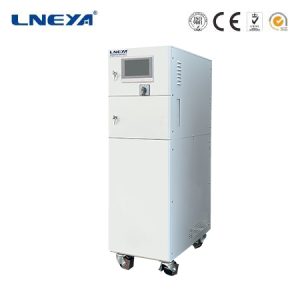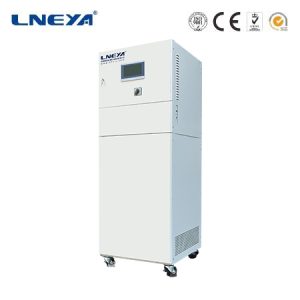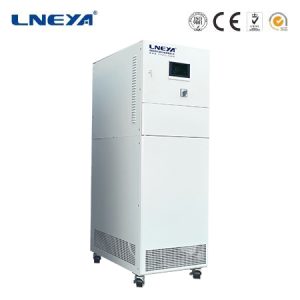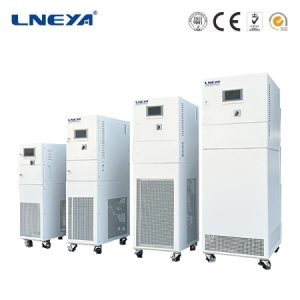Cooling Coil Chillers: A Key Component in HVAC Systems
Introduction
Cooling coil chillers play a vital role in the regulation of temperature and humidity within air conditioning systems. They are responsible for the heat transfer process that cools and dehumidifies the air. This article delves into the intricacies of cooling coil chillers, examining their types, construction, and the thermal design process that ensures their efficiency and effectiveness.

Types of Cooling Coils
Cooling coils are categorized into two primary types: direct-expansion (DX) coils and chilled water coils. DX coils use refrigerant as the heat transfer medium, while chilled water coils circulate chilled water through the coil tubes.
Coil Construction and Geometry
The construction of a cooling coil involves the arrangement of copper tubes, either in a staggered or non-staggered pattern, with fins attached to enhance heat transfer. The geometry of the coil, including its size, number of rows, fin spacing, and fin profile, significantly affects the airside pressure drop and the sound power level of the fans.

Fin Patterns and Their Impact
Three standard plate fin patterns are commonly used in cooling coils: flat-plate, wavy-plate, and star-plate. Each fin pattern offers different advantages, such as lower air friction or higher heat transfer efficiency. The choice of fin pattern can impact the overall performance and energy consumption of the HVAC system.
Thermal Design and Governing Equations
The thermal design of a cooling coil involves solving energy equations for both the air-side and coolant sides, coupled with heat and mass transfer equations. This process requires detailed knowledge of the coil geometry and the design cooling load. The coil sizing is expressed by the face area and the number of rows of a finned-tube coil necessary to meet the design cooling load.

Simultaneous Heat and Mass Transfer
Within the cooling coil, the coolant fluid flows inside the tubes, while air passes over the tube bundle. The temperature of the coolant fluid is crucial for ensuring the dehumidification process. The heat and mass transfer within the coil are governed by specific equations that help in calculating the coil’s performance.
결론
Understanding the intricacies of cooling coil chillers is crucial for designing and maintaining efficient HVAC systems. The geometry of the coil, the choice of fin pattern, and the thermal design process all contribute to the optimal performance of the cooling coil, ensuring comfortable indoor environments and energy efficiency.
 LNEYA
LNEYA
 简体中文
简体中文















































































